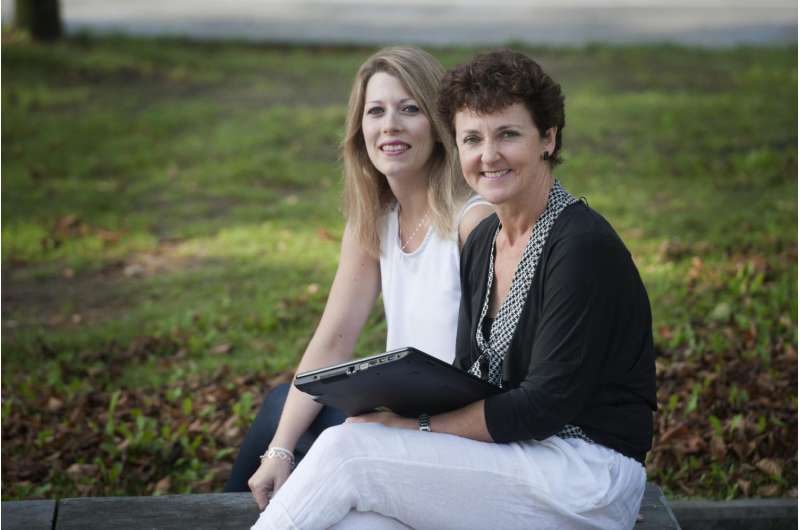From left to right, Tania Barberán and Maria José Ezeizabarrena. Credit: Nuria González
We can assume that children learn to count starting with one and followed by the lists of numbers in ascending order of cardinality (one, two, three). But besides numbers, in languages there are more words that express quantity such as all, some, most, none, etc., the so-called quantifiers. It is a little more difficult imagining how children learn these expressions, whose meaning and use no one bothers to teach explicitly.
A recent study into childhood language in 31 languages, in which UPV/EHU researchers have participated, has reached the surprising conclusion that in all the languages studied, children acquire the quantifiers in the same order, irrespective of the properties of the language in question.
This result brings a new perspective to the debate on the universality of language, since the fact that languages with different properties on a specific level are acquired or learnt in a similar way confirms the existence of universal patterns in the language acquisition process that do not always coincide with the linguistic universals, according to which the world's languages are classified. The recent research also signifies a first step in the creation of language assessment tests that can be applied to any language.
To sum this up considerably, the recent study has discovered that children acquire the words denoting quantity, such as the English words some and all, in a predictable order in languages with very different properties. Just as previous studies suggest that children learn numbers in ascending order, first uno, then dos and later on tres in Spanish or bat, bi, hiru in Basque, this new study set out to determine the order in which children acquire a set of quantifiers.
The study analyses the data on the comprehension of the quantifiers none, some, all, most by 768 five-year-old children and 536 adults. Among the 31 languages grouped into 11 language families, the data pertaining to Basque, the only language in its group, and of Spanish belonging to the Romance languages, are also included. The procedure consisted of presenting the participants with pictures showing a series of images in which there were always five boxes and five objects (five apples, five cars, etc.) of which zero, only three or all five appeared placed inside the boxes. Together with each picture the participant heard a sentence containing a quantifier (e.g. all the apples are in the boxes, some applies are in the boxes, etc.) and they were asked to say whether in each case the sentence describing the picture was correct. The researchers confirmed that across the languages studied the children identified the quantifiers all or none more easily than some or most. This suggests that children acquire quantifiers in the same order basing themselves on factors relating to the meaning and use of each quantifier. So they acquire the words referring to totality earlier than the ones covering only one part of the set.
More information: Napoleon Katsos et al, Cross-linguistic patterns in the acquisition of quantifiers, Proceedings of the National Academy of Sciences (2016). DOI: 10.1073/pnas.1601341113
Journal information: Proceedings of the National Academy of Sciences
Provided by University of the Basque Country






















